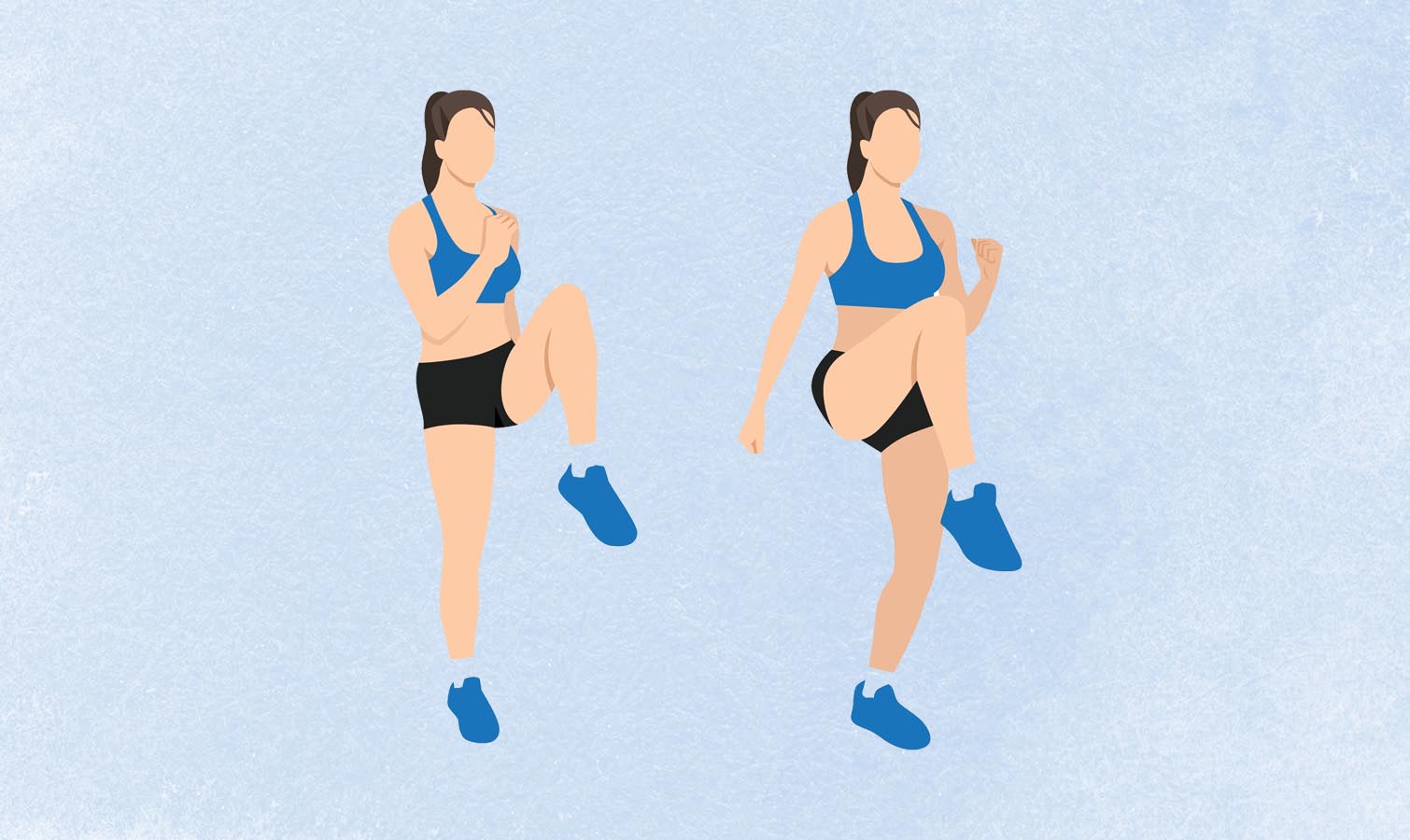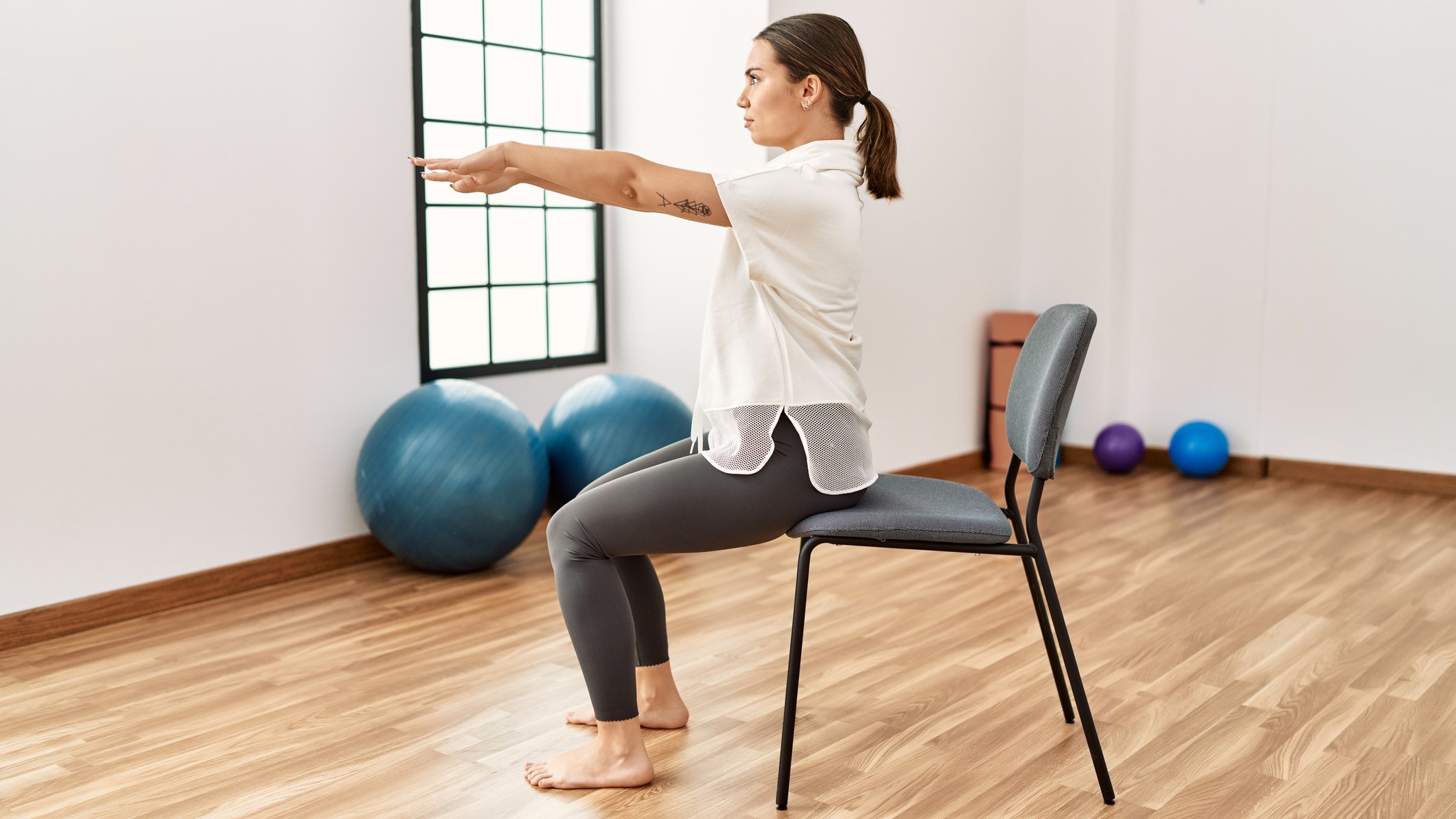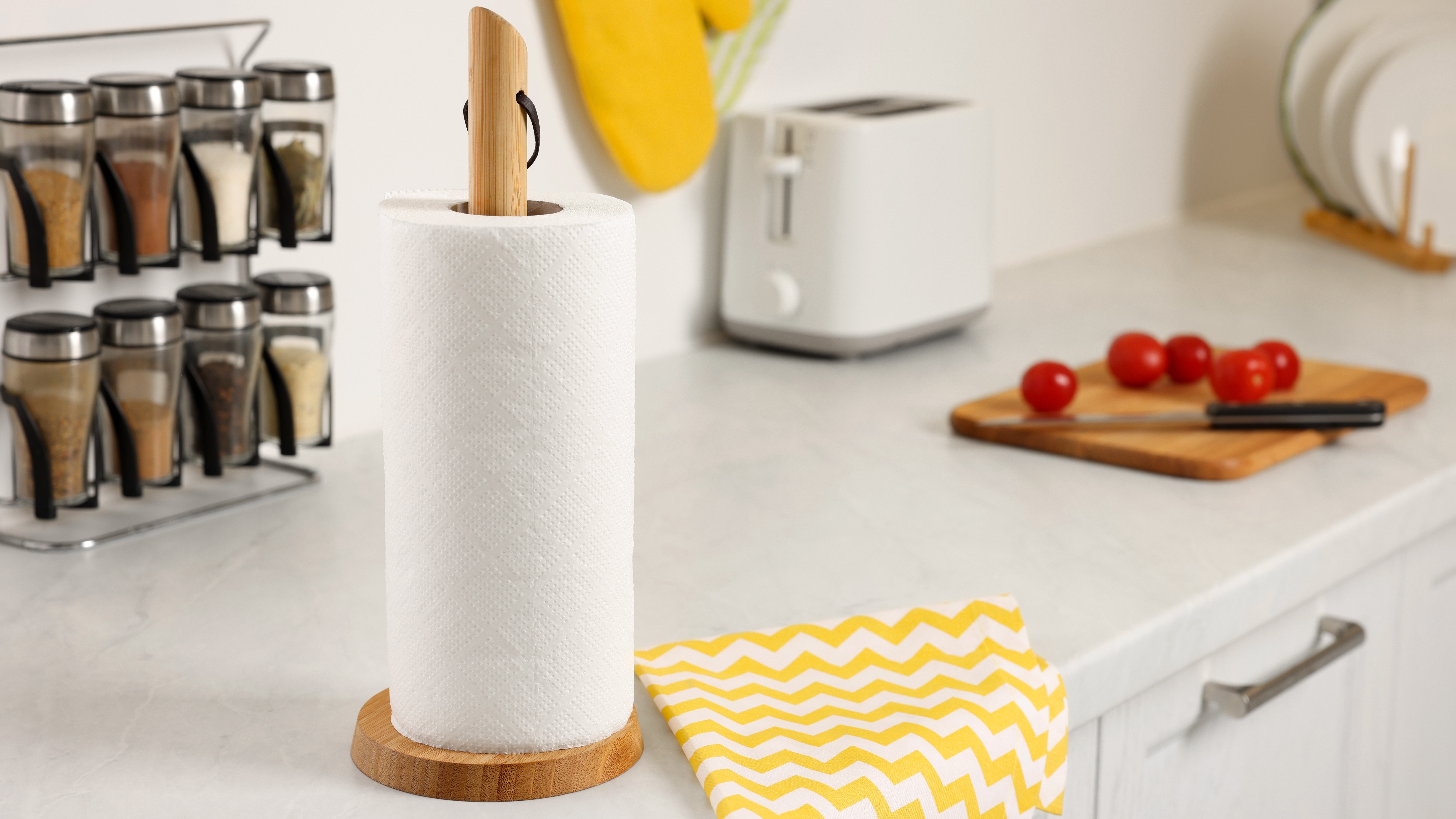
You think “bodybuilding” and Arnold Schwarzenegger immediately springs to mind — he’s the kingpin of the sport, after all. Now you can test yourself against four fitness tests designed to predict longevity and overall health without expensive tests or kit.
These tests are totally free of charge and available via Arnold’s The Pump app. Yep, he’s gone and put the tests in front of the app’s paywall, the legend.
During each test, you’ll focus on a different area of health, which can indicate your overall potential longevity. Expect push-ups, sit-to-stand ability, grip strength and balance to all go under the microscope.
Here’s how you can take the tests, and what they mean for your health.
What are the Arnold Fitness Tests?

“The Arnold Fitness Tests are backed by published research,” Arnie’s team writes. “Each takes less than a minute. And they provide instant feedback to help you understand if you're in the danger zone — or in peak condition.”
For example, the push-up test score may indicate your risk of heart disease, while the grip strength test is a “powerful indicator of overall mortality.”
Sit-to-stand testing checks in with your overall coordination, functional strength and mobility, then the one-leg balance test is “associated with brain health and longevity.”
Get instant access to breaking news, the hottest reviews, great deals and helpful tips.
To take the tests, simply:
- Download the app and enter your name and email
- The tests will load on the first screen you see
- Click on each test to begin, ensuring you read the instructions first so that you're ready to go
- Enter your results
- Share your results with loved ones!
The tests
Are you ready?
1. Push-up test
According to the team, the one-minute push-up test “could tell you more about your heart health and longevity than a treadmill stress test.”
The aim is to do as many push-ups as you can without stopping in 60 seconds. If you pause, drop to your knees, or lose form, you must stop and record your score.
This test is based on a Harvard study published in JAMA Network Open.
Learn how to do a push-up step-by-step first, ensuring your hips stay aligned with your shoulders and your chest reaches the ground with every rep — no half or quarter reps. This will set you up for success while completing the fitness test.
Looking to score high? Incredibly, the study found a 96% lower risk of heart disease in those completing 40 or more reps compared to those finishing with 10 or fewer.
2. Grip strength test

There's a fair whack of research that shows grip strength can predict longevity; those with weaker grip have shown across different ages and sexes to have a higher risk of mortality.
For this one, you’ll need a set of dumbbells — I recommend adjustable dumbbells so that you can scale the weights accordingly — or use kettlebells, or a grip dynamometer.
Using a neutral grip (palms facing your sides), lift the heaviest weight you can using one hand, then hold it at your side. Squeeze the handle as hard as possible for five seconds. There should be no other body part helping you to maintain your grip at any time.
Increase the weight to the heaviest possible you can hold without dropping the weight or losing control. Remember to give it a good squeeze and hold still.
3. One-leg stand test

Balance can tell you a surprising amount about your health. One study published in the British Journal of Sports Medicine found that a 10-second one-leg balance test could help predict longevity, and it remains one of the strongest mortality predictors around for older people.
In theory, this test is simple: stand on one leg for as long as you can without wobbling, stepping your foot down, or hopping about. No holding on to anything for support or opening your eyes, either!
Arnie’s team recommends holding your phone in one hand and putting your free arm across your chest. Start a timer, then lift one leg so that your thigh is perpendicular to your torso, like you’re marching. Close your eyes and try to hold. Once you fall, log your score, then repeat on the opposite leg.
4. Sit-to-stand test

Sitting down and standing up seem easy, right? But it can tell you a lot about your functional strength and mobility. You just need a chair or a bench for this test.
Sit in the chair and cross your arms over your chest. Next, start the timer, then stand up and sit back down as many times as possible in 30 seconds. Count your reps and record them at the end.
Avoid using any assistance, which includes the arms of the chair. Keep your arms crossed and make sure you fully extend at your hips and knees as you stand, then fully touch the chair with your butt as you sit — avoid the “touch-and-go” by fully sitting each rep.
Although a dated study, a piece of research published in 2012 found this test to be a "significant predictor of mortality" in those over 50, and many medical institutions still use similar tests during health exams.
Although these types of tests have been around for a while, now you can test yourself under the guidance of Arnie. All you need to do is download the app!
More from Tom's Guide
- I tried Arnold Schwarzenegger’s 6-move dumbbell challenge — here are my results
- Build your own 5-move functional fitness workout with Arnold Schwarzenegger — here's how
- This Arnold Schwarzenegger workout builds full-body strength in just four moves

Sam Hopes is a level 3 qualified trainer, a level 2 Reiki practitioner and fitness editor at Tom's Guide. She is also currently undertaking her Yoga For Athletes training course.
Sam has written for various fitness brands and websites over the years and has experience across brands at Future, such as Live Science, Fit&Well, Coach, and T3.
Having coached at fitness studios like F45 and Virgin Active and personal trained, Sam now primarily teaches outdoor bootcamps, bodyweight, calisthenics and kettlebells.
She also coaches mobility and flexibility classes several times a week and believes that true strength comes from a holistic approach to training your body.
Sam has completed two mixed doubles Hyrox competitions in London and the Netherlands and finished her first doubles attempt in 1:11.
You must confirm your public display name before commenting
Please logout and then login again, you will then be prompted to enter your display name.
